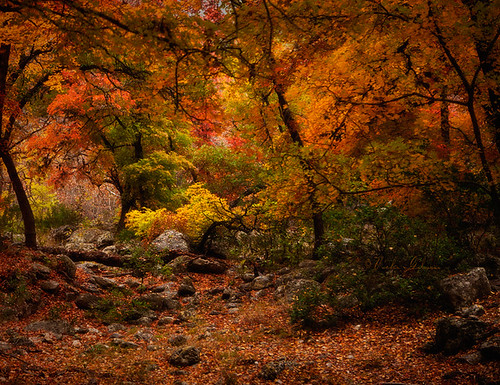Faculty Research: Dr. Lauren Gutterman writes on Christmas and queerness
 With Christmas a mere 11 days away, we're very pleased to bring you such a timely piece from Dr. Lauren Gutterman. Dr. Gutterman has penned a thoughtful, fascinating discussion for Notches about how historic periodicals conveyed how "Christmas felt different for queers," drawing upon publications like ONE, The Mattachine Review, and The Ladder.The whole piece can be found here; we've printed an excerpt below:
With Christmas a mere 11 days away, we're very pleased to bring you such a timely piece from Dr. Lauren Gutterman. Dr. Gutterman has penned a thoughtful, fascinating discussion for Notches about how historic periodicals conveyed how "Christmas felt different for queers," drawing upon publications like ONE, The Mattachine Review, and The Ladder.The whole piece can be found here; we've printed an excerpt below:
As many scholars have pointed out, with the emergence of gay liberation such expressions of sadness and loss faded from view, replaced, at least publicly, with more politically “useful” feelings of righteous anger and pride. But the queer holiday blues have persisted, and they have even been a source of theorizing about sexuality. Eve Kosofsky Sedgwick wrote in Tendencies, “The depressing thing about the Christmas season—isn’t it?—is that it’s the time when all the institutions are speaking with one voice…They all—religion, state, capital, ideology, domesticity, the discourses of power and legitimacy—line up with each other so neatly once a year.” During the holidays “Christmas” and “the family” become one and the same; they are constituted in and through each other. Writing from the margins as queer identified and as Jewish, Sedgwick held that the fascinating—and exciting—thing about sexuality is the extent to which individuals’ bodies, appearances, identities, experiences, and fantasies fail to align so easily. It is precisely this messiness, this inconsistency, Sedgwick argues, that the concept “queer” aims to bring into focus. In other words, Christmas is queerness’s opposite.
Happy Holidays!
Hello, dear readers. As winter break is upon us, we'll be taking a hiatus from publishing until January 2014. Until then, we hope you have a restful, relaxing holiday season.
The wonderful purity of nature at this season is a most pleasing fact. Every decayed stump and moss-grown stone and rail, and the dead leaves of autumn, are concealed by a clean napkin of snow. In the bare fields and tinkling woods, see what virtue survives. In the coldest and bleakest places, the warmest charities still maintain a foothold. A cold and searching wind drives away all contagion, and nothing can withstand it but what has a virtue in it, and accordingly, whatever we meet with in cold and bleak places, as the tops of mountains, we respect for a sort of sturdy innocence, a Puritan toughness.
All things beside seem to be called in for shelter, and what stays out must be part of the original frame of the universe, and of such valor as God himself. It is invigorating to breathe the cleansed air. Its greater fineness and purity are visible to the eye, and we would fain stay out long and late, that the gales may sigh through us, too, as through the leafless trees, and fit us for the winter - as if we hoped so to borrow some pure and steadfast virtue, which will stead us in all seasons.
Henry David Thoreau, "A Winter Walk"
Happy Thanksgiving from AMS :: ATX!
To all of you, a very happy Thanksgiving from the AMS :: ATX team."The different characters of the trees appear better now, when their leaves, so to speak, are ripe, than at any other season; than in the winter, for instance, when they are little remarkable, and almost uniformly gray or brown, or in the spring and summer, when they are undistinguishably green.... It is with leaves as with fruits and woods, animals and men: when they are mature, their different characters appear." -Henry David Thoreau, "Autumn," September 30, 1851